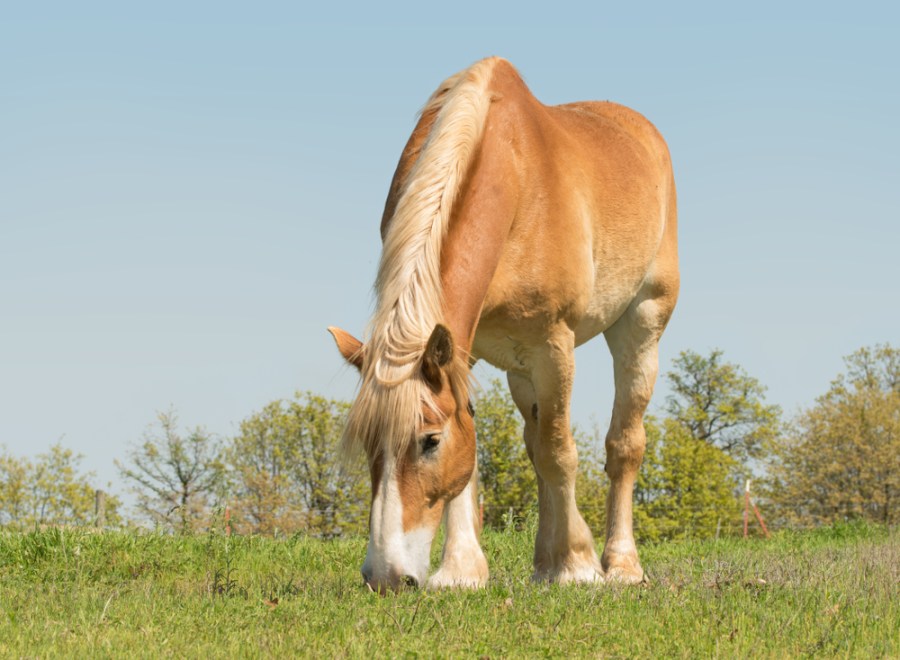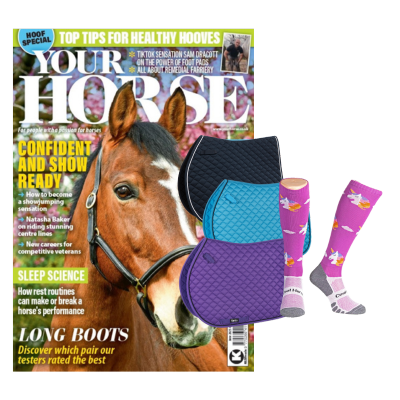A new study has shed light on how horses are exposed to tapeworm through tiny mites, offering insights that could help owners better protect their equines.
Researchers monitored horses, pastures and mites over 14 months across three yards in the UK to track the seasonal patterns of Anoplocephala perfoliata, the most common tapeworm found in horses. This parasite, which lives at the junction of the small and large intestines, is known to be associated with colic.
Oribatid mites are a group of microscopic creatures that live in soil and on grazing. They act as intermediate hosts of tapeworm, meaning that these mites are needed for the parasite to complete its life cycle.
The study
The study assessed the presence of oribatid mites on paddocks, including the presence of infected mites by detecting A. perfoliata DNA in the mites obtained.
New mite families were identified to be involved in transmitting the parasite, expanding understanding of how infections spread in grazing environments and the high potential for horses to be infected from contaminated paddocks.
While the mites were observed to be present all year, they were significantly less active in winter than in summer. Tapeworm DNA was most frequently detected in mites collected between March and September, suggesting this is the period of highest risk for infection.
The findings indicate that spring is an important time to test horses to avoid infected individuals contaminating paddocks with tapeworm eggs at a time when mites are more likely to be present.
Importance of poo picking
In the study, saliva samples were tested using the EquiSal Tapeworm test to monitor exposure. Horses that grazed for only half the day were less likely to test positive for tapeworms compared to those turned out for full days.
Testing also showed that horses were infected year-round. Recommended paddock hygiene procedures were not performed on the yards which emphasises the importance of proper dung removal in breaking the life cycle of this parasite and reducing exposure to re-infection after treatment.
“This is the first study to simultaneously track oribatid mites and horses for tapeworm infection over time, providing crucial evidence to improve tapeworm control strategies and, importantly, highlighting the value of parasite testing in reducing unnecessary blanket treatments that drive wormer resistance,” said Professor Jacqui Matthews FRCVS, director of veterinary science at Austin Davis Biologics.
Lead image © Shutterstock









